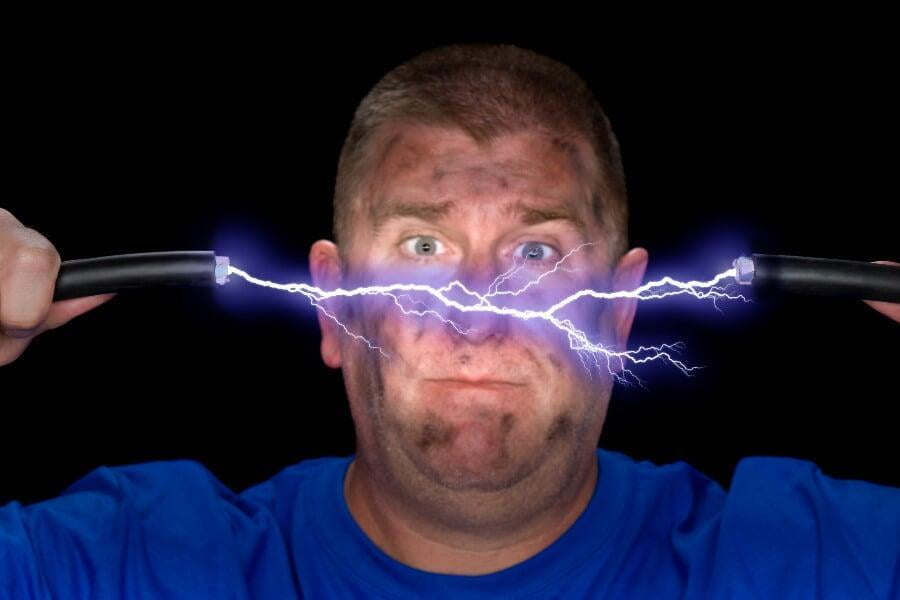Teardown - Wylex Surge Protection Device
Changes to the wiring regulations mean we'll be fitting more surge protection devices, but do you know what's inside and how the components work.
By Gary Hayers & Joe Robinson
Thursday 11th April 2019
Surge protection devices (SPD's) are designed to absorb transient overvoltages within electrical installations, protecting electronic equipment downstream from the device.
We prised apart a Wylex type 2 device to see what's inside and explain what functions the various components perform.
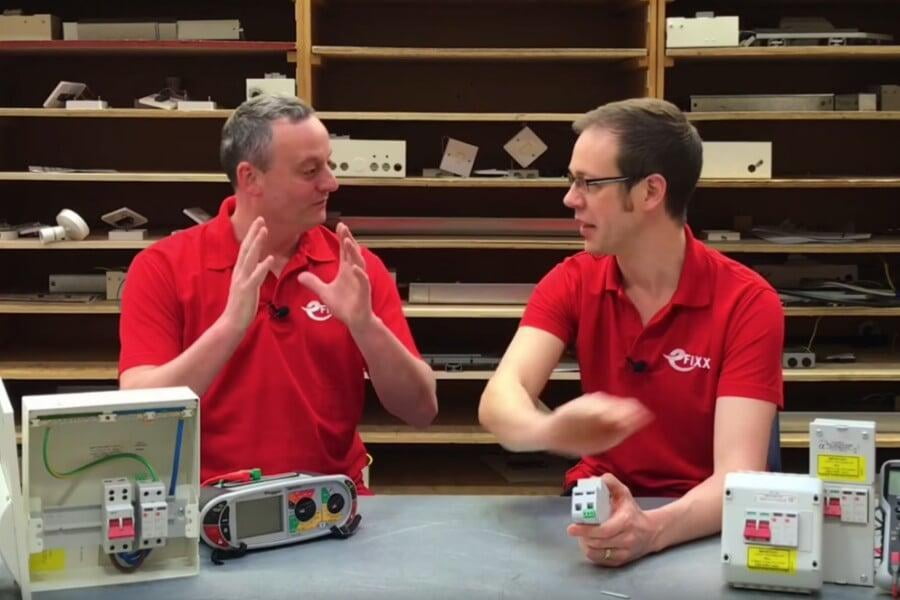
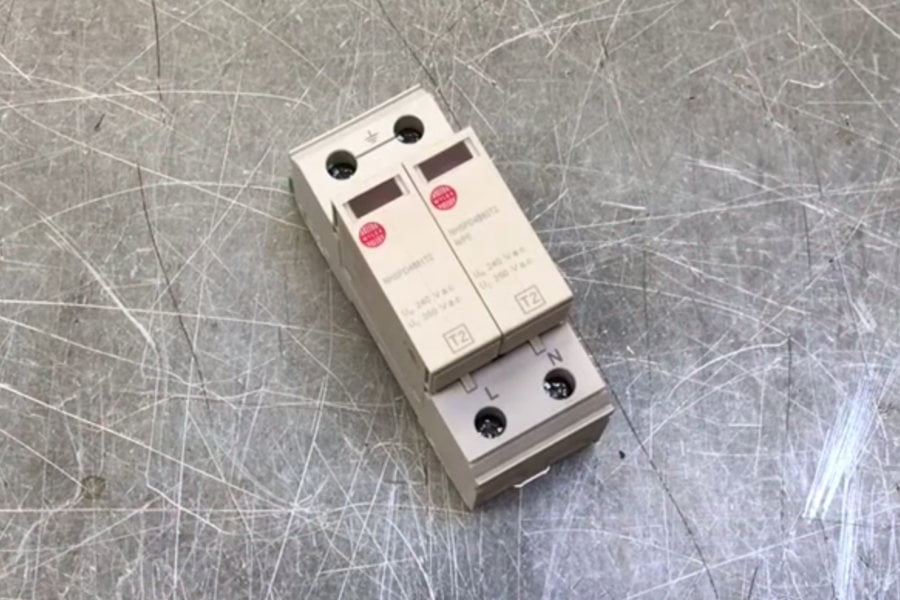
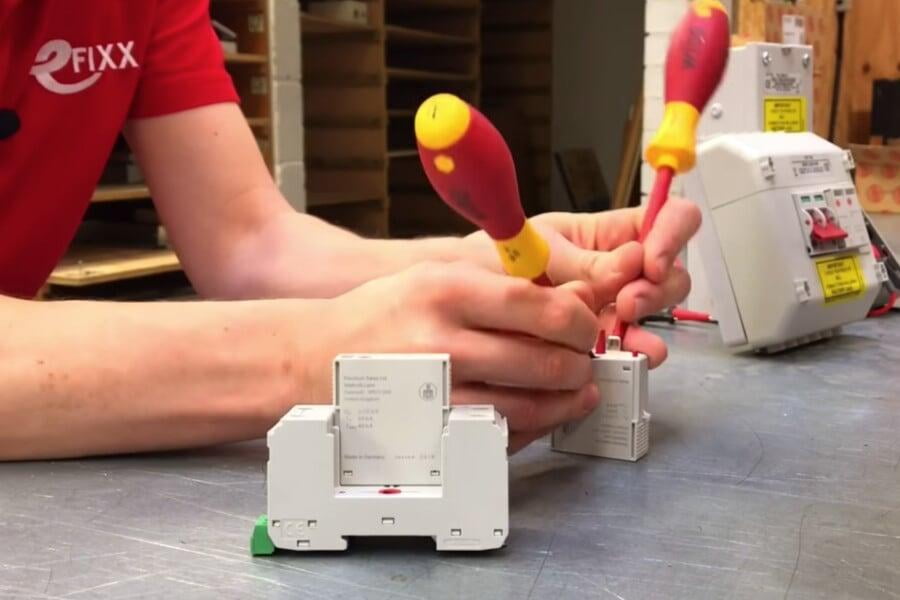
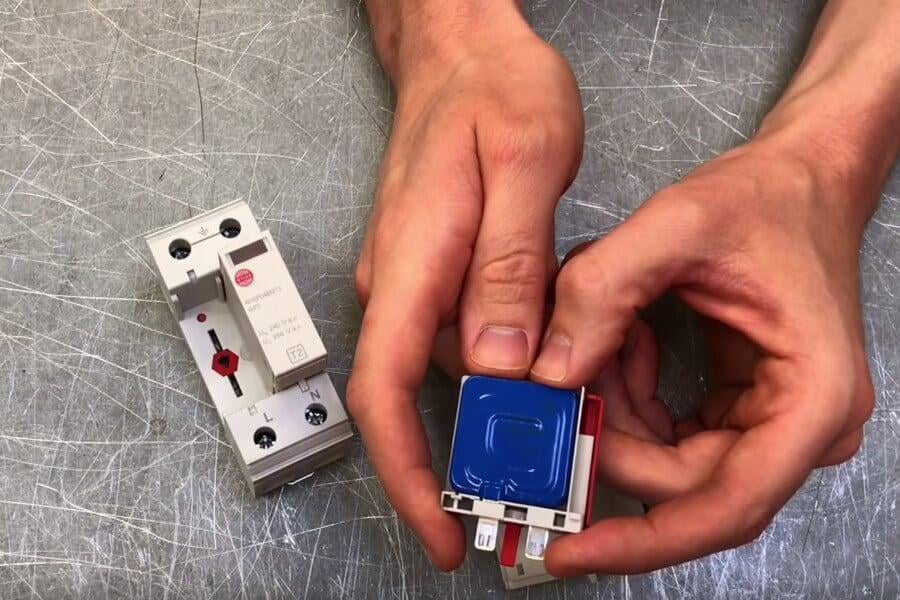
Type 2 devices are the ones you'll find in most distribution boards, but in exceptional circumstances, you may need additional protection.
Know your SPD's
Type 1 - Offers protection against direct lightning strikes to power lines and lightning conductor systems. They usually fitted at the origin of an installation deemed to be at risk from direct strikes.
Type 2 - Protects against indirect lighting strikes to power lines which travel through the distribution system. They also protect from switch surges caused by large reactive loads, e.g. motors, power factor correction banks.
Type 3 - Protects sensitive electronic equipment such as medical devices and high-value audio equipment. They should be fitted near the devices requiring protection.
It's important to note that each type protects against specific types of voltage transient. So just fitting type 3 devices close to all appliances won't mitigate the need for a type 1 device if an installation is at risk from a direct lightning strike.
Type 1 can be combined with a Type 2, and similarly, Type 2 and Type 3 into a single device.
We find out how SPDs work using an insulation tester
SHARE IT
Suggest a product to teardown


